One woman’s story reveals the human cost of climate change in Bangladesh
Sahia got married when she was 15 years old—and saw her husband for the first time on their wedding day. Her sense of humour is apparent as soon as we meet: “He is a good husband. I was lucky, but at the same time he must have exaggerated his status a bit to my parents,” she says, laughing. “His market value was put up slightly over his actual value.”
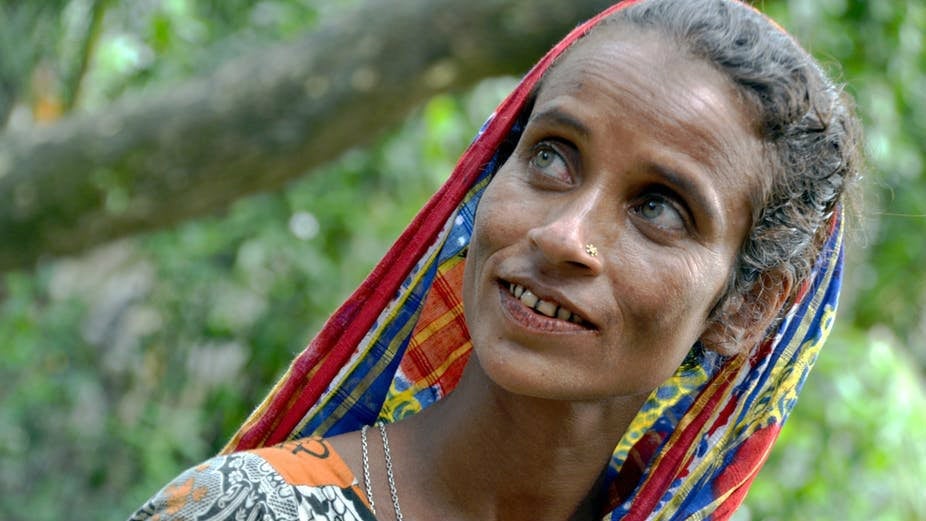

Sahia got married when she was 15 years old—and saw her husband for the first time on their wedding day. Her sense of humour is apparent as soon as we meet: “He is a good husband. I was lucky, but at the same time he must have exaggerated his status a bit to my parents,” she says, laughing. “His market value was put up slightly over his actual value.”
She has agreed to talk to us about the ways climate change and environmental stress are influencing people’s lives. She says that after their wedding, she moved in with her husband and father-in-law. Her new home was Singpur – a riverside village in central Bangladesh, only a couple of hundred kilometres from the capital, Dhaka. She had been living here for about a year when she witnessed her first home collapsing into the river.
One day we found cracks in the floor as the land had started to get pulled into the water. We realised that this was a bad sign. The cracks kept growing deeper and deeper for each day that passed.
Riverbank erosion usually happens slowly, but occasionally a larger chunk of land suddenly falls into the water. This is what happened the day Sahia lost her first house. As soon as she noticed how deep the cracks were in the ground, she started carrying out their belongings to safety. A few hours later, the house was gone.
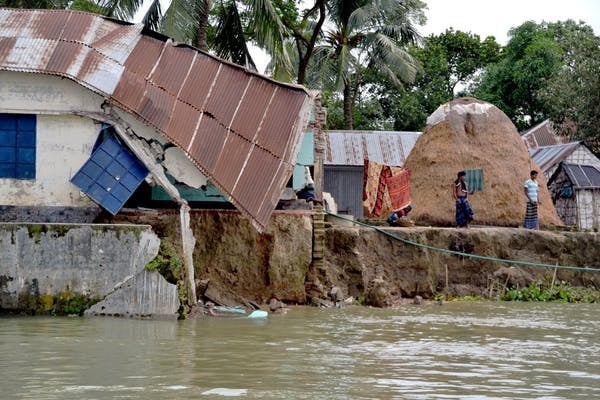
Sahia and her family moved in with her husband’s uncle for a while. But it was not long before his house was swallowed by the river, too. They moved into an abandoned house after this, but they are still living too close to the river, Sahia tells me in a worried voice.
Sahia’s husband was a fisherman so the family got by on what he managed to catch. They were managing, until one day everything changed.
My husband used to catch fish, but when the fish got some disease he had to stop fishing…Nowadays, there is hardly any fish left in the river…There used to be tons of fish, but when the fish started dying from that disease people stopped eating them…All the big and good fish disappeared.
Once their main income stopped sustaining them, the family felt forced to change livelihood. They decided to migrate seasonally to work in a brick factory in Aliganj, further up the river.
Nowadays, they leave Singpur for six months every year during the rainy season, to avoid being there when the village is flooded.
The man who brought us there [to the brick factory] gave us some money, and with that money we managed to survive the six months in Singpur. What we earn we use to feed our family. They usually pay us on a weekly basis, around 2,000-4,000 taka [£20-40]. After feeding my family, consisting of six family members, we manage to save about 1,000 taka [£10] or so per week. That amount is our family’s whole savings per week.
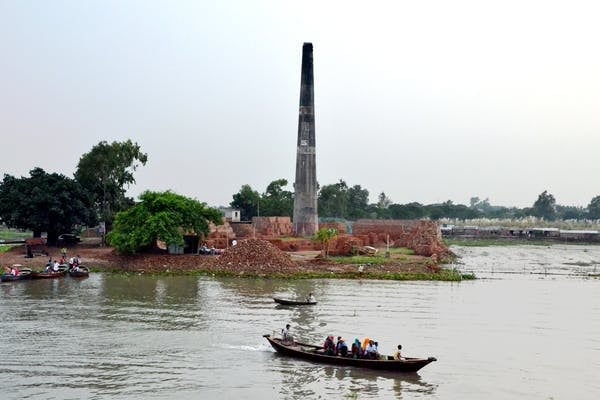
When the family returns to Singpur, they live on their savings from the brick factory. The work is hard and dangerous. The children miss out on school to work in the factory and it is only a matter of time before someone ends up getting hurt or sick from the hard work. Their savings would not sustain the whole family through a crisis.
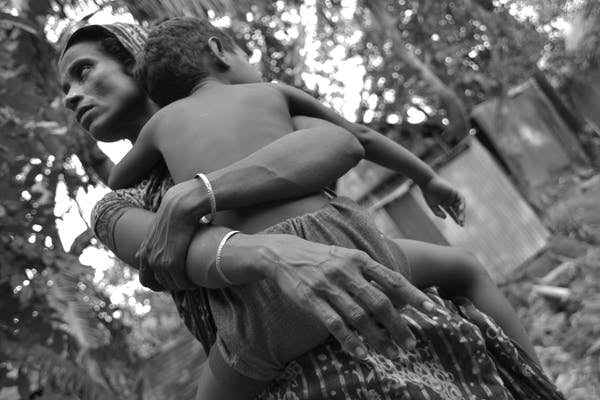
The shift of livelihood has not only been hard on Sahia physically. Before the factory work, she was a housewife like the rest of the women in Singpur village. Working outside of the house as a woman has brought social stigma on her.
In this village, if you work outside you end up losing your honour… After observing us some people said: ‘The women out there are working! What do they know about work?’ We see those people, we hear them, but we do not fear their words anymore. We work to survive.
I can see that she is watching me. My hair, which is tied up in a bun, and the clothes I am wearing. We are two women not that different from one another in a lot of ways, but we are living two completely different lives in very different parts of the world. She says:
I am actually not that old. It is the hard work that made me look like this. Did you not see my husband? Nobody thinks I am his wife after meeting him.
Her husband is young, in his late twenties or early thirties. When I first met Sahia I thought to myself that she must be about a decade older than me. It turns out that we are about the same age. She had to make the necessary sacrifices in her life to sustain her family.
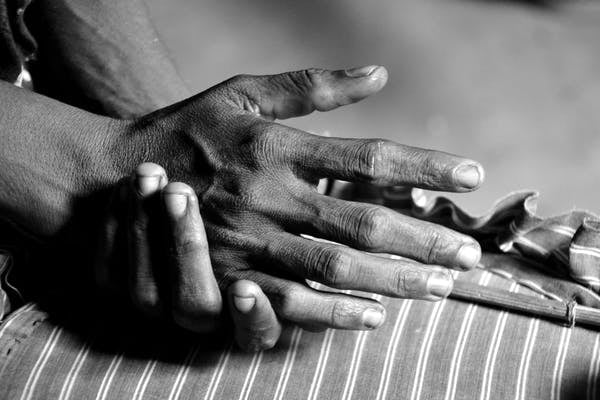
When I return to the village a year later, I immediately head off to find her. I have thought about her throughout the year. I ask the people I met on my way there, but nobody seems to know anything. I reach the area where her house used to stand, but it is gone. It has fallen into the river. I ask her neighbours if they know where she is, where the family went, but nobody seems to know what has happened to her.
Sonja Ayeb-Karlsson, senior researcher at UNU-EHS and University of Sussex, University of Sussex. This article is republished from The Conversation under a Creative Commons licence. Read the original article. We welcome your comments at [email protected].